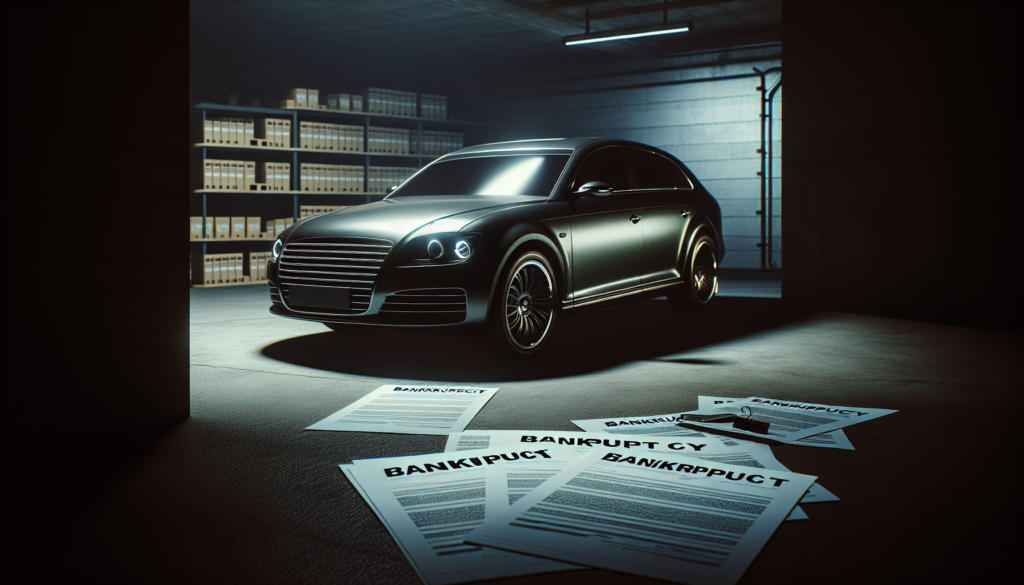
A financed vehicle can be paid through a Chapter 13 bankruptcy case. In fact, Chapter 13 bankruptcy offers several tools to manage auto loans, potentially making it easier for debtors to keep their vehicles while repaying or even reducing what they owe. Here’s how it works:
Including the Vehicle Loan in the Chapter 13 Repayment Plan
When you file for Chapter 13 bankruptcy, you propose a repayment plan to the court, detailing how you intend to pay back your creditors over a three to five-year period. Your financed vehicle can be included in this plan in several ways:
- Regular Plan Payments: If you wish to keep your vehicle, you can continue making your regular loan payments through your Chapter 13 plan. The bankruptcy trustee distributes these payments to the auto loan lender as part of your consolidated debt repayment plan.
- Cramdown: If your vehicle loan is older (typically more than 910 days before you file for bankruptcy), you might be eligible for a “cramdown.” This process allows you to reduce the loan balance to the current market value of the vehicle. For example, if you owe $15,000 on your car loan but the car is only worth $10,000, you might be able to reduce the loan balance to $10,000 through the bankruptcy plan. The interest rate on the loan may also be reduced. The portion of the loan exceeding the vehicle’s value is treated as unsecured debt, which might not have to be paid in full, depending on your plan.
- Interest Rate Reduction: Even if you can’t cram down the loan, you might be able to reduce the interest rate on your vehicle loan through your Chapter 13 plan, making the payments more affordable.
- Arrears: If you’re behind on your car payments when you file for Chapter 13, the plan can include a provision to catch up on these missed payments over time, preventing repossession.
Requirements and Considerations
- Feasibility: Your proposed Chapter 13 plan, including your vehicle loan repayment, must be feasible. You must demonstrate to the court that you have enough income to make your plan payments.
- Plan Confirmation: The bankruptcy court must approve your repayment plan, including how it treats your vehicle loan. Creditors, including your auto loan lender, can object to the plan, but if the plan meets bankruptcy law requirements, it’s likely to be confirmed.
- Maintaining Payments: Once your plan is confirmed, you must make regular payments to the bankruptcy trustee, who then pays your creditors. Failing to make these payments can jeopardize your Chapter 13 case and your possession of the vehicle.
- Insurance: You must also maintain adequate insurance on the vehicle as required by the loan agreement and bankruptcy court.
Chapter 13 bankruptcy can provide a valuable opportunity to manage a financed vehicle loan more affordably, potentially preventing repossession and allowing you to retain your vehicle as you work towards debt relief. Given the complexities of bankruptcy law and the need for a carefully structured repayment plan, consulting with a knowledgeable bankruptcy attorney is crucial to navigate this process effectively.

Get a Free Bankruptcy Case Evaluation